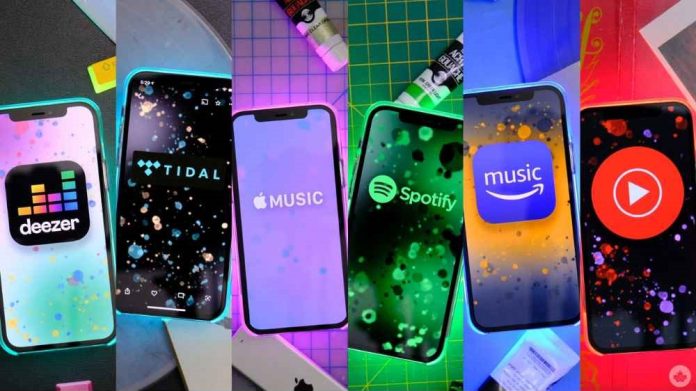
The rise of streaming platforms like Spotify, Apple Music, and YouTube has dramatically changed how music is consumed and monetized. Despite the vast listener base these services offer, the way revenues are distributed often leaves artists with meager payouts. Here’s an in-depth breakdown of how streaming revenues are structured, and how this affects artist pay.
Revenue Distribution Models
Streaming platforms use two main models to distribute royalties: the pro-rata model and the user-centric model.
- Pro-Rata Model (Most Common): Platforms like Spotify and Apple Music pool their total monthly revenue from subscribers and ads. They then distribute this pool proportionally based on the percentage of total streams an artist or rights holder garners. For example, if an artist accounts for 1% of total streams, they receive 1% of the payout pool.
- User-Centric Model: Less common but gaining interest, this method allocates royalties based on each user’s listening habits. For instance, if a user only listens to one artist all month, all their subscription revenue would go to that artist. This model is seen as potentially fairer for niche and independent musicians. Platforms like Deezer and SoundCloud are currently experimenting with this approach.
Key Factors Influencing Artist Payouts
Several factors determine how much artists earn per stream:
- Rights Ownership: Artists who own their music’s master and publishing rights generally earn more. Those signed to major labels often receive a smaller portion, as labels take a significant cut.
- Revenue Sharing: Platforms typically pay around 70% of their revenue to rights holders, but a large portion of that goes to labels rather than directly to artists.
- Geography: Payouts vary by country based on local market rates. Streams in wealthier countries like the U.S. typically generate higher royalties than streams from developing markets.
- Subscription Tiers: Premium subscribers generate higher royalties per stream than free users who listen to ads. Additionally, family and student plans tend to lower the payout per stream.
Current Streaming Rates (2024)
Despite the wide reach of streaming services, payout rates remain low. Here’s a rough estimate of how much platforms pay per stream:
- Qobuz: $0.022 per stream
- Napster: $0.019 – $0.021 per stream
- Tidal: $0.013 per stream
- Spotify: $0.00437 per stream
- Apple Music: $0.0056 – $0.0078 per stream
- YouTube Music: $0.0007 – $0.0012 per stream
The variance in payouts is stark, with lossless audio platforms like Qobuz and Tidal offering better rates than giants like Spotify and YouTube Music. However, Spotify’s dominance in market share means artists are often forced to prioritize exposure over earnings.
Impacts on Artists and Labels
For independent artists, the low per-stream payouts make it difficult to rely on streaming as a primary source of income. Most need millions of streams just to earn a modest living. Major stars backed by large labels, on the other hand, fare better due to higher promotion and larger listenership. However, even they have voiced frustrations. Taylor Swift and Thom Yorke, for example, have criticized the disparity between artist effort and streaming compensation.
For labels, the situation is more favorable. They typically control the master rights, giving them a significant portion of streaming revenues. Labels also have negotiating power that independent artists lack, securing more favorable terms from streaming services.
The Call for Change
Artists and advocacy groups are pushing for reforms to make streaming more sustainable for creators. One proposed change is a broader shift to the user-centric model, which could ensure niche artists earn more from dedicated listeners. Additionally, many argue for an increase in per-stream payouts across the board, alongside more transparency from streaming platforms regarding how royalties are calculated.
Conclusion: The Future of Streaming Economics
Music Industry Weekly understands that the economics of streaming are complex and continue to evolve. The current system largely benefits streaming platforms and record labels, while independent artists bear the brunt of the low payouts. Moving forward, a combination of regulatory changes and industry reforms, such as user-centric payment models, will be crucial in ensuring fair compensation for creators.
As streaming remains the dominant mode of music consumption, the industry will need to balance profitability for platforms and fair pay for artists to foster a more equitable ecosystem.







